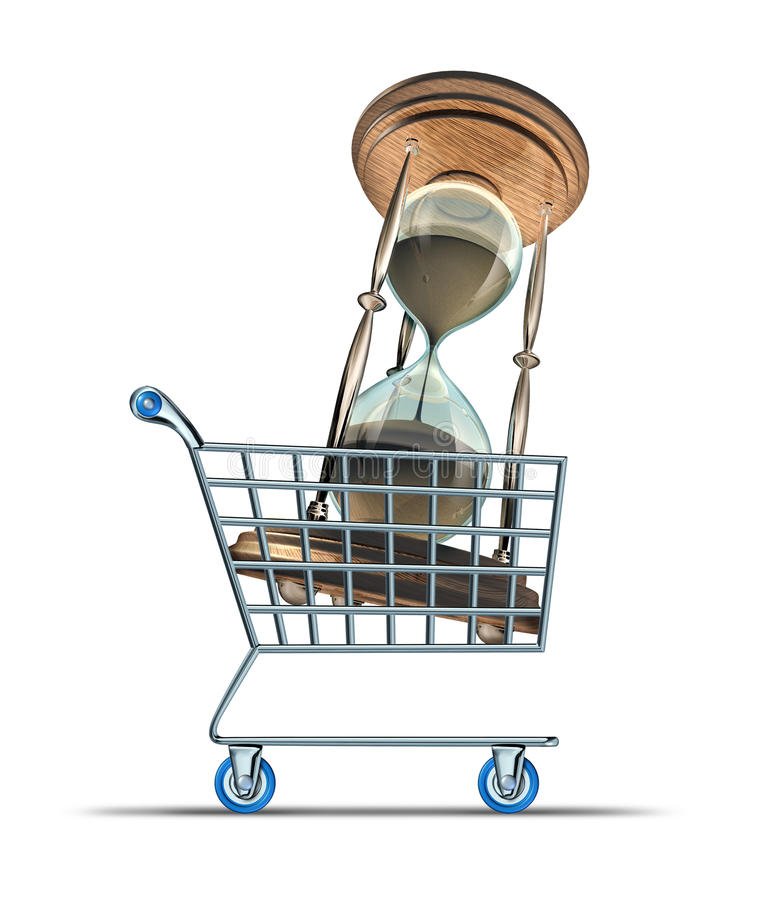Friends and Family,
There have been some ups and downs over the past six weeks and two rounds of chemo. Between the antibiotics for the infection in my lungs and the chemo, my breathing has steadily improved over the past six weeks. Where it took me several minutes to climb a flight of stairs six weeks ago, now I’m walking the hills in my neighborhood at a fairly rapid pace. Success is like a breath of fresh air!
This guy may be a wee bit younger and better looking, but you get the idea.
But before starting my second round of chemo three weeks ago, I asked Dr. Sanborn what chemo options are still available. I’m currently on my fourth course of chemo and wanted to know if I still had a safety net for the future. She confirmed my worst fear: There are no more chemo options. Genevieve and I were devastated, and we’ve both been grieving for these past three weeks. Knowing I could fall back on chemo took a lot of the worry away from whatever came next. When the next treatment eventually fails, I’ll have to move to the next trial immediately, before I’m too sick to qualify for another clinical trial.
We went back today for my third round of chemo and to get scan results. The cloudy areas in my scan that reminded me of the Milky Way have improved, which we expected based on my breathing. We also planned to discuss the clinical trials, but that’s not what happened.
There is a drug called patritumab durtuxtecan that is going to be FDA-approved in the near future,. Dr. Sanborn has applied for early “expanded access” so I can get the drug before it hits the market. She is confident it will happen. SUCCESS!!! This is the work of an amazing oncologist who is always on top of things. Dr. Sanborn pulled another rabbit out of her hat just when we needed it most.
I will stay on chemo for another three rounds because you always want to stay on each treatment as long as you can and reserve your options. That should take me through until Valentine’s Day. Around then, I should start patritumab durtuxtecan, and I’ll ride that horse as long as I can, too. By that time, who knows what other options will be available?
I’ve always said I feel like a frog jumping from lily pad to lily pad as soon as the one I am on starts to sink. It looks like I still have a few hops left in me.
Wishing you all a Happy Thanksgiving. There is so much to be grateful for, even if you didn’t just get the kind of news that we got today.
Love,
Dann

















